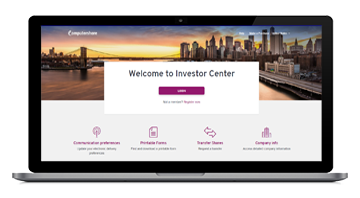Tips to help reduce your (or your child’s) student loan debt
Americans owe a lot of money to their student loan lenders. In fact, they owe more on their student loans than they do on their credit cards or car loans.

Student loan debt has more than doubled in the past 10 years—topping more than $1.46 trillion—and more than 11% of those loans are 90 days or more delinquent or are in default.1
In 2016 (the most recent year figures are available), 66% of graduates from public schools and 68% of graduates from private nonprofit colleges had student loans outstanding.2 The average due was $26,900 for public school grads and $31,450 for private school grads. What’s more, 14% of graduates’ debt comprised costly private loans.2
Making regular contributions to a 529 education savings plan can help alleviate the need for loans, but there are other considerations that may help.
- Examine projected salaries by major. What does your child want to be? Understand that the starting salary for someone with an engineering degree is probably going to be higher than someone with an English degree. One rule of thumb some experts recommend: Don’t take out more in loans than the projected starting salary.
- Calculate the cost of each school. Before your child even applies to any institution, do your best to figure out the total costs. Include often-overlooked expenses, such as pocket money, travel expenses for visits home (if the school is far away), and commuting expenses (if the school is close by). Are there more affordable options available? Could attending community college for a year or two shave off some of the costs?
- Make sure that your child understands how loans work. Create a budget that shows not only typical expenses (such as rent and utilities), but also factors in student loans, broken down by principal and interest. Show your child how much you’ll spend in total if you make only the minimum payments and how much you can save by paying more each month.
What to do if you already have student loans
If you or your child already have loans outstanding, here are some tips that may help you manage.
- Consolidate and refinance. If you have more than one private loan, consider consolidating, particularly if you have a steady job and good credit. You’ll save yourself the hassle of juggling multiple accounts. Even if you have one loan, it’s worth contacting your lender—or even checking out other lenders—to see if you qualify for a lower interest rate. Even a decrease of a half of a percentage point could wind up saving you hundreds each year.
- Pay higher interest loans first. If you can’t consolidate or refinance, it might be wise to pay off the loan with the highest interest rate first. Doing so could save you money over time.
- Consider income-based repayment (IBR) or repayment assistance programs. IBR programs offer extended repayment terms as well as a cap on your monthly payment based on your income. Note that these programs are for those with federal student loans and little to no income, and many offer loan forgiveness features. If you don’t qualify for an IBR, check out the loan repayment assistance programs offered by most states and some professional organizations.
Regardless of your situation, there are options available to help you get your debt under control. You should consult with your financial or tax professional who can help you find the right solutions to reduce debt.





